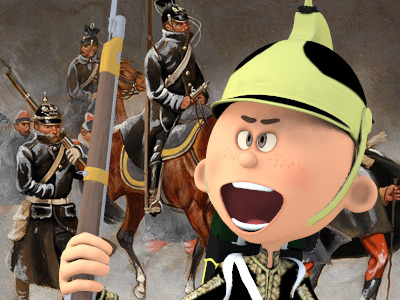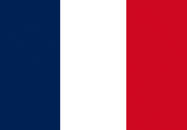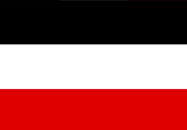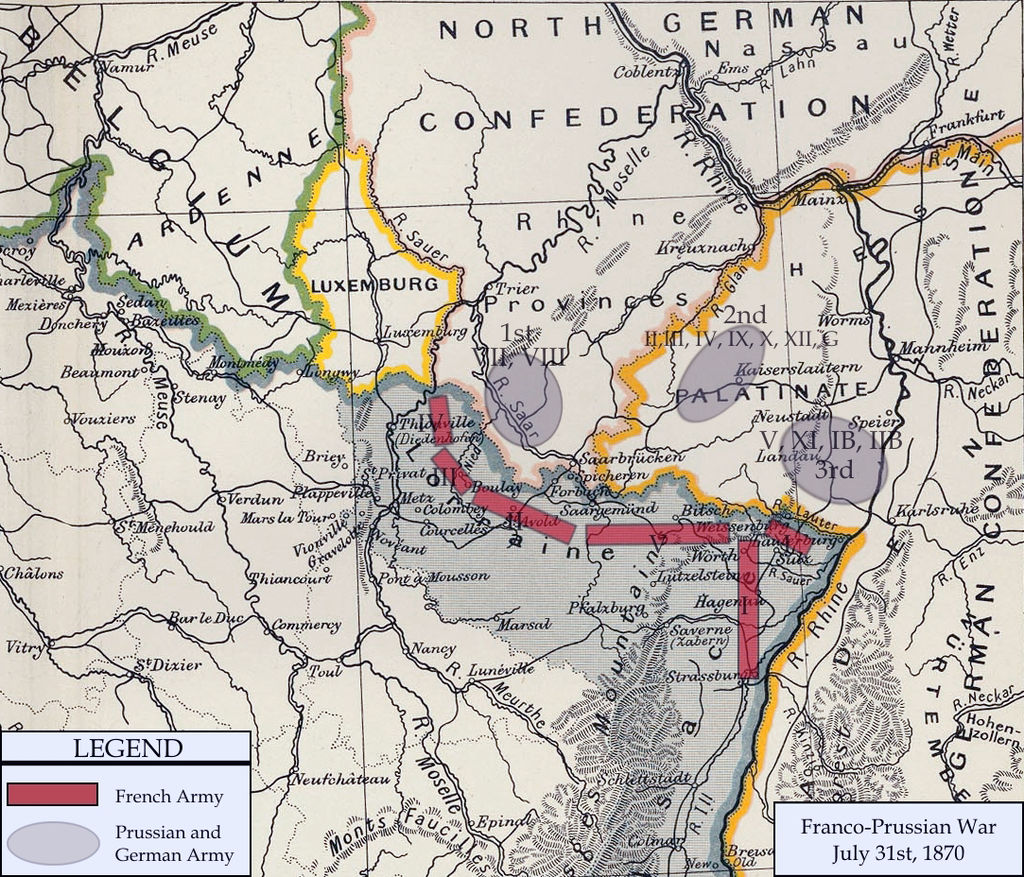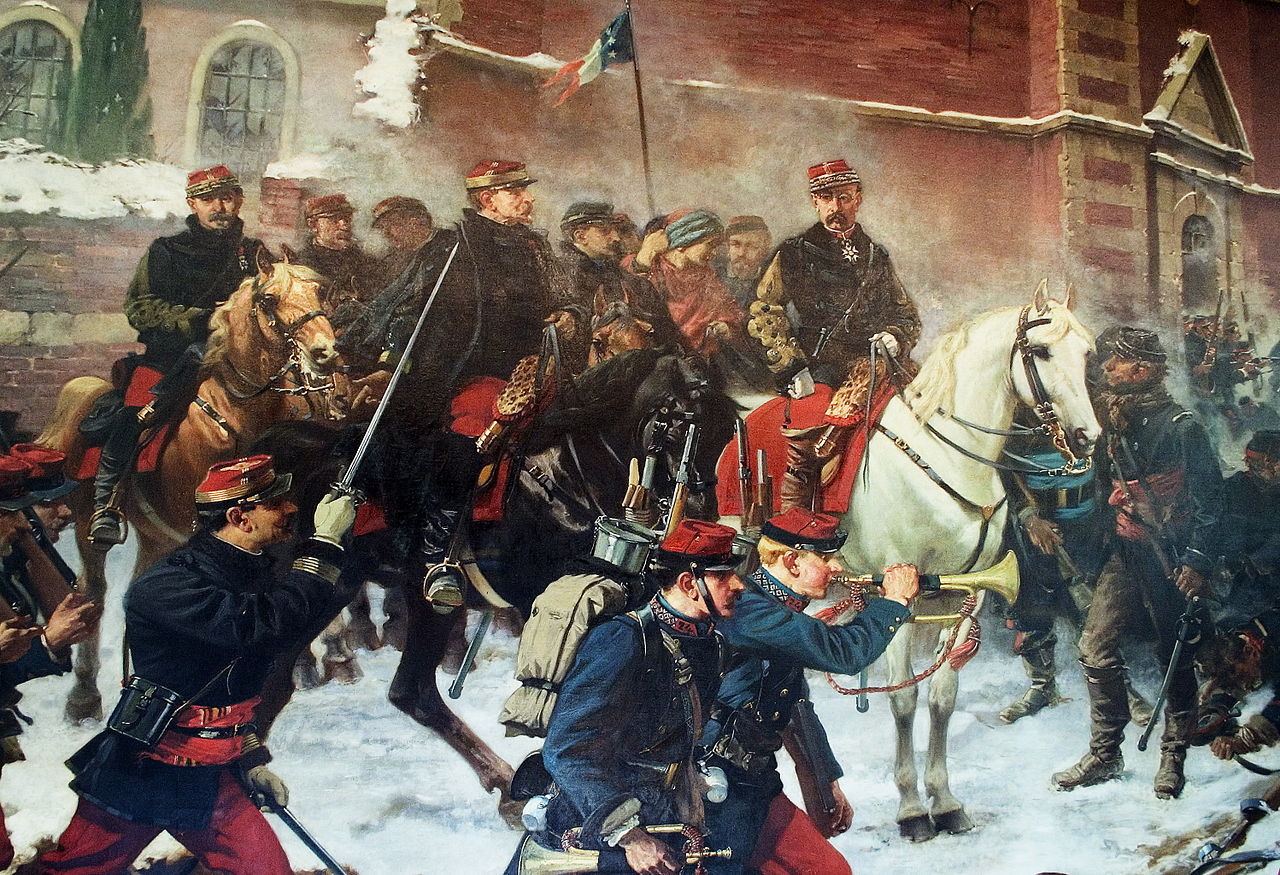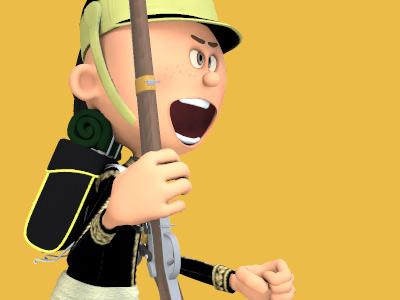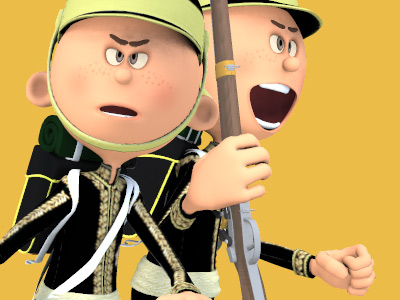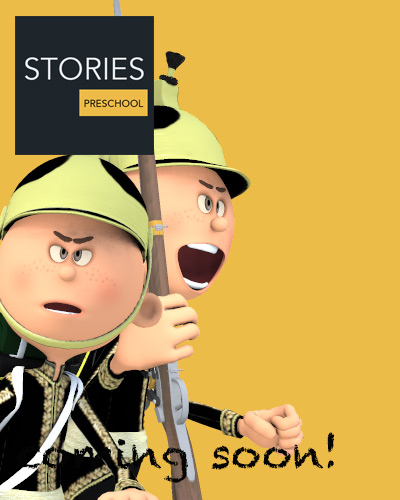Franco-Prussian War (1870 to 1871)
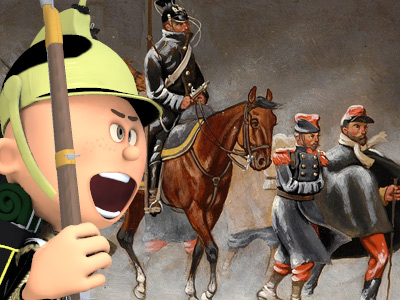
Battle of Sedan
On 1 September 1870, the battle opened with the Army of Châlons, with 202 infantry battalions, 80 cavalry squadrons and 564 guns, attacking the surrounding Prussian Third and Meuse Armies totaling 222 infantry battalions, 186 cavalry squadrons and 774 guns.
General De Wimpffen, the commander of the French V Corps in reserve, hoped to launch a combined infantry and cavalry attack against the Prussian XI Corps. But by 11:00, Prussian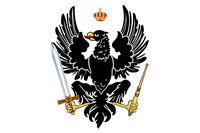 The Kingdom of Prussia was a German kingdom that constituted the state of Prussia between 1701 and 1918. It was the driving force behind the unification of Germany in 1871 and was the leading state of the German Empire until its dissolution in 1918. Although it took its name from the region called Prussia, it was based in the Margraviate of Brandenburg. Its capital was Berlin. artillery took a toll on the French
The Kingdom of Prussia was a German kingdom that constituted the state of Prussia between 1701 and 1918. It was the driving force behind the unification of Germany in 1871 and was the leading state of the German Empire until its dissolution in 1918. Although it took its name from the region called Prussia, it was based in the Margraviate of Brandenburg. Its capital was Berlin. artillery took a toll on the French Second French Empire was the 18-year Imperial Bonapartist regime of Napoleon III from 14 January 1852 to 27 October 1870. The Second Empire is given high credit for the rebuilding of Paris with broad boulevards, striking public buildings, and elegant residential districts for upscale Parisians. In international policy, Napoleon III tried to emulate his uncle Napoleon I, engaging in numerous imperial ventures around the world as well as several wars in Europe. while more Prussian troops arrived on the battlefield. The French cavalry, commanded by General Marguerite, launched three desperate attacks on the nearby village of Floing where the Prussian XI Corps was concentrated. Marguerite was killed leading the very first charge and the two additional charges led to nothing but heavy losses.
Second French Empire was the 18-year Imperial Bonapartist regime of Napoleon III from 14 January 1852 to 27 October 1870. The Second Empire is given high credit for the rebuilding of Paris with broad boulevards, striking public buildings, and elegant residential districts for upscale Parisians. In international policy, Napoleon III tried to emulate his uncle Napoleon I, engaging in numerous imperial ventures around the world as well as several wars in Europe. while more Prussian troops arrived on the battlefield. The French cavalry, commanded by General Marguerite, launched three desperate attacks on the nearby village of Floing where the Prussian XI Corps was concentrated. Marguerite was killed leading the very first charge and the two additional charges led to nothing but heavy losses.
By the end of the day, with no hope of breaking out, Napoleon III called off the attacks. The French lost over 17,000 men, killed or wounded, with 21,000 captured. The Prussians reported their losses at 2,320 killed, 5,980 wounded and 700 captured or missing. By the next day, on 2 September, Napoleon III surrendered and was taken prisoner with 104,000 of his soldiers. It was an overwhelming victory for the Prussians, for they not only captured an entire French army, but the leader of France as well. The defeat of the French at Sedan had decided the war in Prussia's favour. One French army was now immobilised and besieged in the city of Metz, and no other forces stood on French ground to prevent a German invasion. Nevertheless, the war would continue.
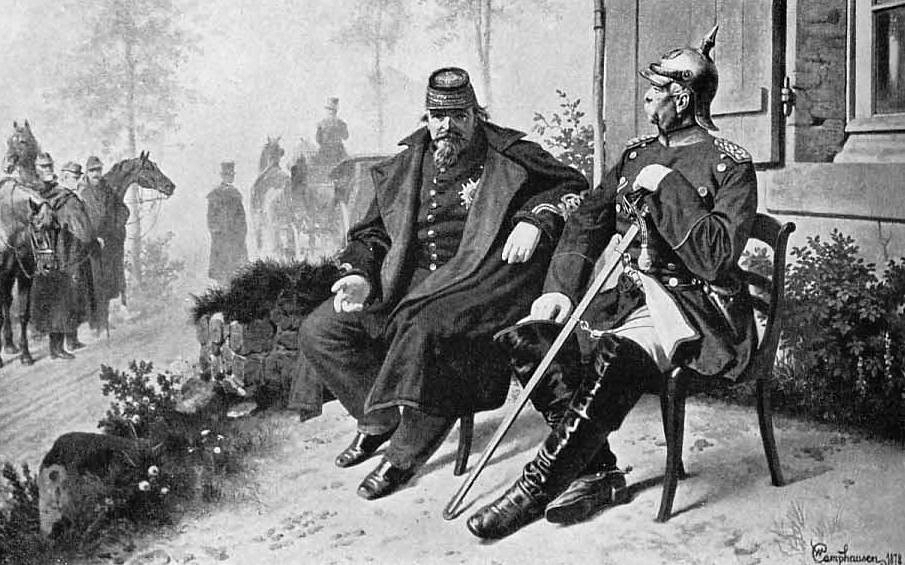
Napoleon III and Bismarck talk after Napoleon's capture at the Battle of Sedan by Wilhelm Camphausen

Napoleon III and Bismarck talk after Napoleon's capture at the Battle of Sedan by Wilhelm Camphausen
( Click image to enlarge)
HISTORY
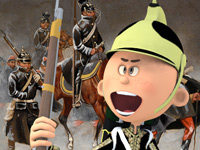
RESOURCES
This article uses material from the Wikipedia article "Franco-Prussian War", which is released under the Creative Commons Attribution-Share-Alike License 3.0.
© Stories Preschool. All Rights Reserved.
